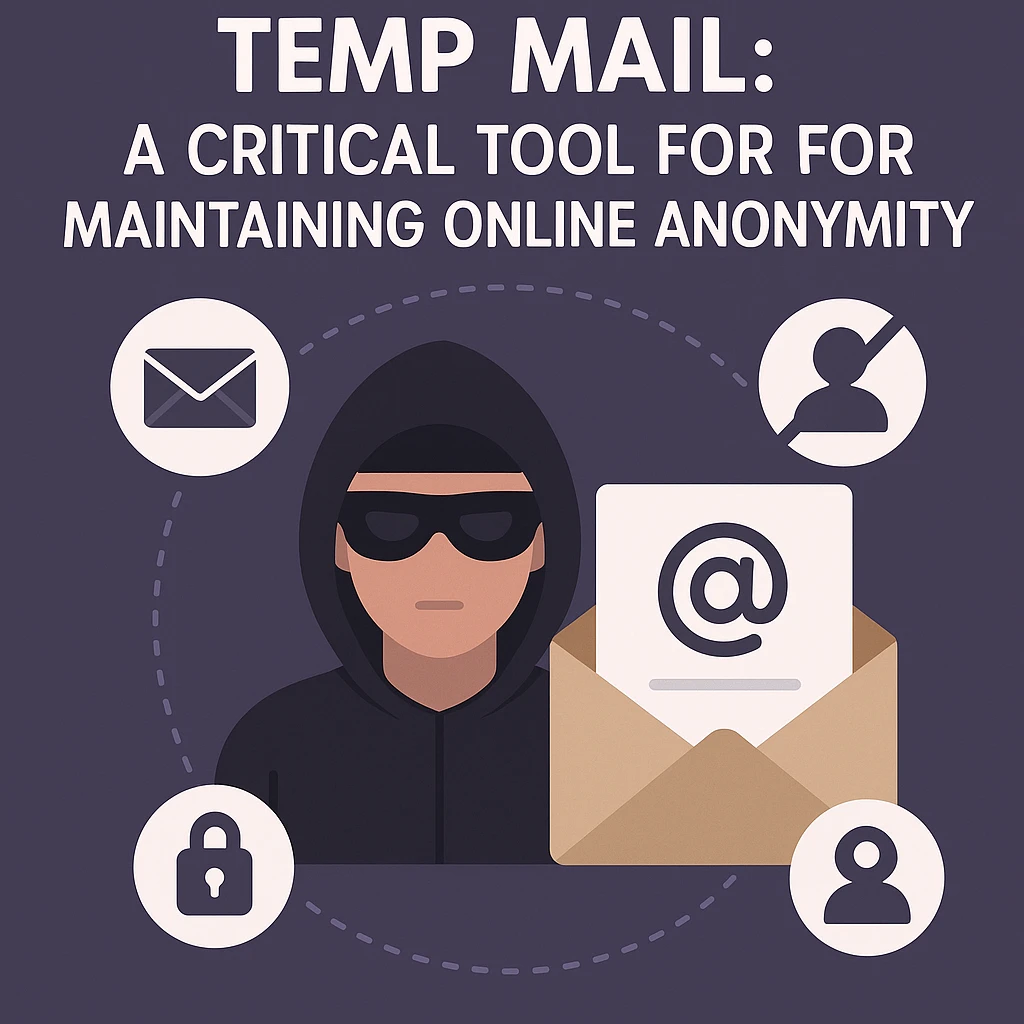Email is still one of the most popular and effective ways to communicate in the digital age. But because of its extensive use, it's also a popular target for con artists looking to trick and fool users. Phishing emails, also known as fraudulent emails, are intended to fool users into installing malware, disclosing private information, or taking other activities that jeopardize their security. This in-depth manual will dive into the realm of email fraud, examining several forms of fraud, their possible consequences, and—above all—how you can guard against falling victim.
Understanding Email Fraud
Sending phony communications that seem to be from reliable sources is known as email fraud. The intention is to fool the receivers into opening harmful links or attachments or into disclosing private information like credit card numbers and passwords. Email fraud can manifest itself in a number of ways, such as spear-phishing, phishing, phishing, and business email compromise (BEC).
Types of Email Fraud
-
Phishing: The most prevalent type of email fraud is this one. Emails posing as correspondence from reliable organizations or people are sent by scammers, who then ask the receiver to click a link or divulge personal information. These emails frequently convey a sense of urgency, informing the recipient that quick action is required to prevent unfavorable outcomes.
-
Spear-Phishing: Spear-phishing, in contrast to conventional phishing, targets particular people or organizations. The recipient's personal information is included in these emails to make them seem more legitimate. Spear-phishing emails are harder to spot and more convincing with this customized strategy.
-
Whaling: A form of spear-phishing called "whaling" goes after prominent figures in an organization, including CEOs or CFOs. The intention is to deceive these people into approving significant financial transactions or disclosing private information.
-
Business Email Compromise (BEC): BEC scams include posing as an executive or business partner of a company to trick staff members into sending money or disclosing private information. Legitimate email accounts that have been compromised are frequently used in these scams.
Impact of Email Fraud
The impact of email fraud can be severe, both for individuals and organizations. Some of the potential consequences include:
-
Financial Loss: Through fraudulent transactions or by paying for phony goods or services, victims may lose money.
-
Identity Theft: Email fraud victims' personal information might be used by scammers to assume their identity and carry out other crimes.
-
Data Breach: Sensitive corporate information may become public in the event of a business email breach, seriously harming the company's finances and image.
-
Malware Infection: Malicious links clicked or infected attachments downloaded can result in malware infestations, jeopardizing the networks and device security of the victims.
How to Identify Fraudulent Emails
The first line of defense against email fraud is knowing whether an email is bogus. The following are some telltale signs that an email might be fraudulent:
1. Suspicious Sender Address
Verifying the sender's address in an email is among the first things to do. Email addresses with minor variations that mimic authentic ones are frequently used by fraudsters. For instance, a fraudulent email could originate from "support@paypa1.com" rather than "support@paypal.com" (notice the number "1" rather than the letter "l"). It is advisable to confirm the email address of the sender before replying or opening any links.
2. Urgent or Threatening Language
Sensational or urgent wording is frequently used in fraudulent emails to coerce recipients into acting right away. Some common phrases are "Your account will be closed," "Immediate action required," and "You have been selected for a prize, respond now!" Emails that instill a sense of panic or haste should be avoided.
3. Generic Greetings
Reputable businesses typically use first names when addressing clients. Greetings like "Dear Customer" or "Dear Valued Member" at the beginning of an email could be a red flag. A word of caution: never respond to emails that do not directly address you.
4. Spelling and Grammar Errors
Poor spelling and grammar are common in fraudulent emails because they come from automated systems or non-native English speakers. Even while not every email with a mistake is fraudulent, a significant number of errors should cause concern.
5. Requests for Personal Information
Trustworthy businesses will never email you for sensitive personal data, such credit card numbers or passwords. Any email requesting such information should be treated with caution, especially if it is from an unknown sender.
6. Unfamiliar Links or Attachments
Emails with attachments or links from unknown senders should be avoided. Before clicking, hover over links to get the full URL. Don't click on the URL if it seems fishy or doesn't match the company's website. Likewise, be in mind that attachments from senders you are not familiar with can be malicious.
What to Do If You’ve Fallen Victim to Email Fraud
If you suspect that you have fallen victim to email fraud, it’s important to act quickly to minimize the damage. Here are some steps you can take:
1. Change Your Passwords
Change your passwords right away if you think someone has gained access to your email account. For every account you have, create a strong, one-of-a-kind password. If at all feasible, turn on two-factor authentication.
2. Contact Your Bank or Credit Card Company
Get in touch with your bank or credit card company right once if you have given financial information to a fraudster. They might be able to undo fraudulent transactions and assist you in keeping an eye out for any unusual activity on your accounts.
3. Scan Your Devices for Malware
Use reliable antivirus software to perform a thorough scan of your devices if you downloaded an attachment or clicked on a dubious link. This can assist in finding and getting rid of any implanted malware.
4. Report the Incident
Notify your local law enforcement agency and relevant government organizations about the event, including the Federal Trade Commission (FTC) in the United States. The Anti-Phishing Working Group (APWG) and other comparable groups are another place you can report the scam.
5. Monitor Your Accounts
Keep an eye out for any strange behavior in your bank accounts and email. Inform your bank or service provider right away if you discover any fraudulent transactions or account changes.
Conclusion
Email fraud is a serious issue in today's digital world, but you can guard against falling victim if you have the necessary information and take the appropriate safety measures. You may lower your risk and safeguard your financial and personal information by keeping up to date on the many forms of email fraud, identifying the telltale signals of bogus communications, and putting best practices for email security into practice. Recall that your greatest lines of defense against email fraud are alertness and care.




